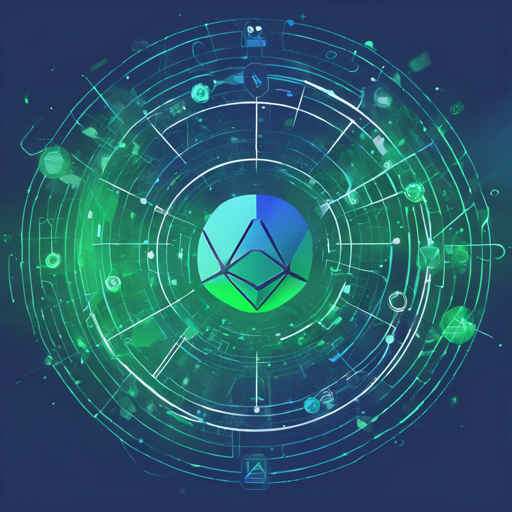Welcome to the future of blockchain technology! If you’re fascinated by innovative applications of blockchain, Steem is a project that deserves your attention. This article is your all-in-one guide to understanding and installing Steem, the revolutionary blockchain that is set to tokenize the web while utilizing features like Smart Media Tokens (SMTs).
What is Steem?
At its core, Steem is a blockchain that transformed the way we think about content and social media through its unique Proof of Brain social consensus algorithm. With Steem, not only can content creators produce engaging materials, but they can also earn tokens through user interaction, creating a vibrant economic ecosystem.
Advantages of Steem
- Free Transactions
- Fast Block Confirmations (just 3 seconds!)
- Time Delay Security with Vested Steem Savings
- Hierarchical Role Based Permissions (Keys)
- Integrated Token Allocation
- Low Entry Barriers for User Adoption
- Numerous dApps already built and many more to come
Installation: Getting Steem Up and Running
Installing Steem can be done in several ways, with the preferred method being using pre-built Docker images. Let’s break down the installation process:
Quickstart with Docker
For those who want to jump straight into the action without much hassle, you can choose pre-built Docker images. Here are the steps:
docker run -d -p 2001:2001 -p 8090:8090 --name steemd-default steemit/steem
docker logs -f steemd-default # Follow the logs
This setup allows you to have a basic p2p node running. If you wish to deploy a full node that supports content websites, here’s a quick command:
docker run --env USE_WAY_TOO_MUCH_RAM=1 --env USE_FULL_WEB_NODE=1 -d -p 2001:2001 -p 8090:8090 --name steemd-full steemit/steem
docker logs -f steemd-full
Configuration: Tailoring Steem to Your Needs
Once installed, you can customize your configuration settings. Run the Steem daemon at least once to generate a data directory and config file. The configuration files can be modified to meet the specific needs of your project. More details can be found in the Docker images.
Troubleshooting Tips
Here are a few common troubleshooting ideas:
- Docker not starting? Ensure you have the latest version of Docker installed, as older versions can cause compatibility issues.
- Memory Issues: For Dockerized full nodes, ensure that your machine has at least 14GB of memory available for optimal performance.
- Connection Problems: Make sure the necessary ports (2001 and 8090) are open in your firewall settings.
- Node not syncing? Restart the container and examine logs for specific error messages which can guide you on how to fix the issue.
For more insights, updates, or to collaborate on AI development projects, stay connected with fxis.ai.
System Requirements
Ensure your system meets the following requirements for optimal performance:
- At least 110GB of disk space for a full web node
- 16GB of RAM for full nodes
- At least 4GB of RAM for seed nodes
Conclusion
By leveraging its powerful features, Steem is poised to revolutionize the way people engage with content on the web. Whether you are a content creator, developer, or blockchain enthusiast, there’s something for everyone in the Steem ecosystem!
At fxis.ai, we believe that such advancements are crucial for the future of AI, as they enable more comprehensive and effective solutions. Our team is continually exploring new methodologies to push the envelope in artificial intelligence, ensuring that our clients benefit from the latest technological innovations.

